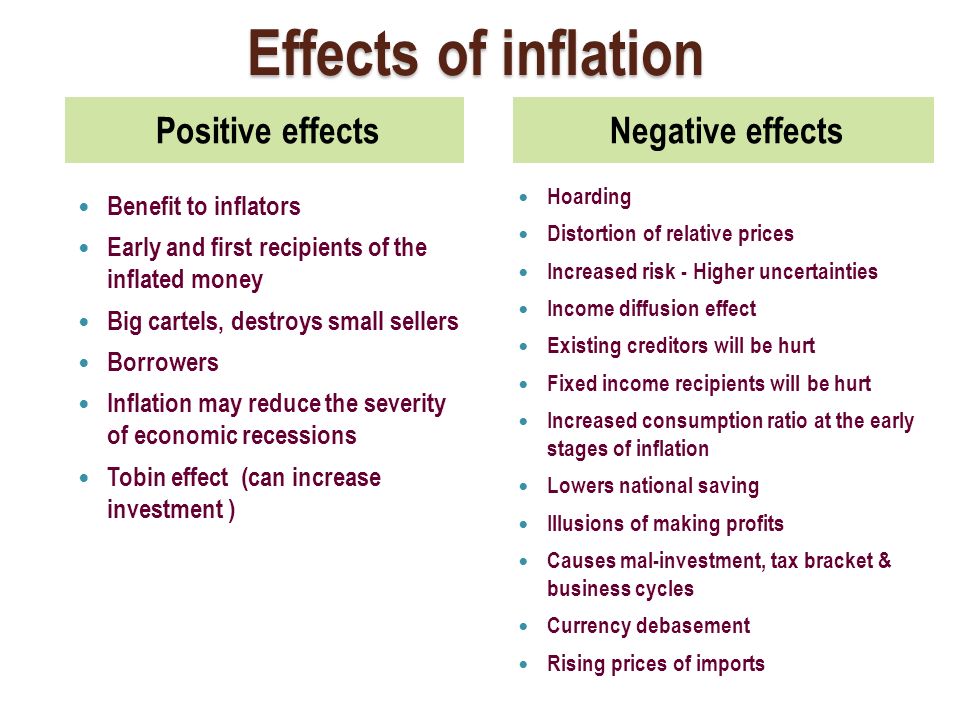
If a team was investing in a pioneering process plant, for instance, it would need to consider product price risk, environmental risk, technological risk, currency risk, and, of course, execution risk. This last is worth calling out, because most companies don’t explicitly factor in execution risk—that is, human error on the part of managers carrying out the project, such as slow decision-making that leads to missed deadlines. To be sure, execution is controllable, and individuals can be held accountable for it, which may be why many companies don’t explicitly consider it a risk factor. But no organization is free of human error, so it is important to factor it in.
Netherlands vs Italy prediction, odds and betting tips… – talkSPORT
Netherlands vs Italy prediction, odds and betting tips….
Posted: Sun, 18 Jun 2023 07:00:00 GMT [source]
A risk-averse investor prioritizes capital preservation and focuses on a lower-risk investment with stable returns. A risk-averse investor tends to invest in safer assets such as bonds, fixed-income securities, or stable dividend-paying stocks. Risk-seeking investors actively pursue high-risk investments, engage in short-term trading, and seek opportunities for quick profits. Investors with risk-seeking behavior may invest in volatile markets, high-risk assets, or speculative ventures. In the real world, it’s difficult to find truly risk-neutral investors, as most people have some level of risk preference across different things.
What does not averse to risk mean?
Income investing does come with certain other risks such as due to inflation or negative credit events. Bond and CD laddering along with inflation-protected securities can help lower your overall fixed income portfolio risk. Numerous studies have shown risk averse opposite that in riskless bargaining scenarios, being risk-averse is disadvantageous. Thus economists avoid using utility functions such as the quadratic, which exhibit increasing absolute risk aversion, because they have an unrealistic behavioral implication.
Risk averse investors tend to favor capital preservation over capital gains and seek out more conservative investments than more risk-seeking individuals. Such investments may include savings products, CDs, highly-rated bonds, and blue-chip stocks. Being risk averse reduces one’s chance of experiencing losses, but also comes with opportunity costs, missing out on good opportunities and sacrificing greater expected returns earned elsewhere. The basis of the theory, on the connection between employment status and risk aversion, is the varying income level of individuals.
What is the opposite of risk-averse?
In contrast, the CEO “wanted them all” to be accepted; he had a broader view of the possibilities and risks and realized that when the investments were pooled together, the risk profile was much more attractive. Now consider the fact that this committee probably evaluates relatively few investment proposals. It is not unlikely, therefore, that if it were to allow a greater probability of failure for its investments, few or none of its decisions in a given time period would end in a successful outcome.
- If you are risk averse, you are likely to prefer investment portfolios that are regarded as conservative or defensive.
- Traditionally, cash, term deposits, fixed interest accounts and government bonds are regarded as low-risk assets.
- Let’s assume a company has five business units, each with 10 projects needing investment, for a total of 50 projects.
- Yet when we looked closely at the Monte Carlo output, we realized that in every case, the reported probability of negative NPV was zero.
- English has many pairs of words which look, sound, and taste alike.
- Like the rest of us, they don’t want to lose their job over one bad, very large investment.
While in some cases nearly identical to averse, hesitant implies a holding back especially through fear or uncertainty. Although the words disinclined and averse have much in common, disinclined implies lack of taste for or inclination. Some common synonyms of averse are disinclined, hesitant, loath, and reluctant.
Can you solve 4 words at once?
To be an aggressive investor is to constantly follow market trends and have a good knowledge of every happening. Fund houses and managers use risk tolerance levels to build their portfolios and decide which instrument works best for them. Risk-averse or aversion is a popular term used by companies and investors. Investors who are risk tolerant take the view that long-term gains will outweigh any short-term losses. In theory, companies create value for stakeholders by making risky investments.

Individuals and firms benefit from knowing their own risk tolerance for better risk management. A money market fund is a type of mutual fund that invests in high-quality, short-term debt instruments, cash, and cash equivalents. These funds are very low-risk and are structured so that each fund share is always worth $1.00. Because they are conservative, they tend to pay relatively low rates of interest to investors. Nonetheless, offered two investment opportunities, the risk-neutral investor looks only at the potential gains of each investment and ignores the potential downside risk. The risk-averse investor will pass up the opportunity for a large gain in favor of safety.